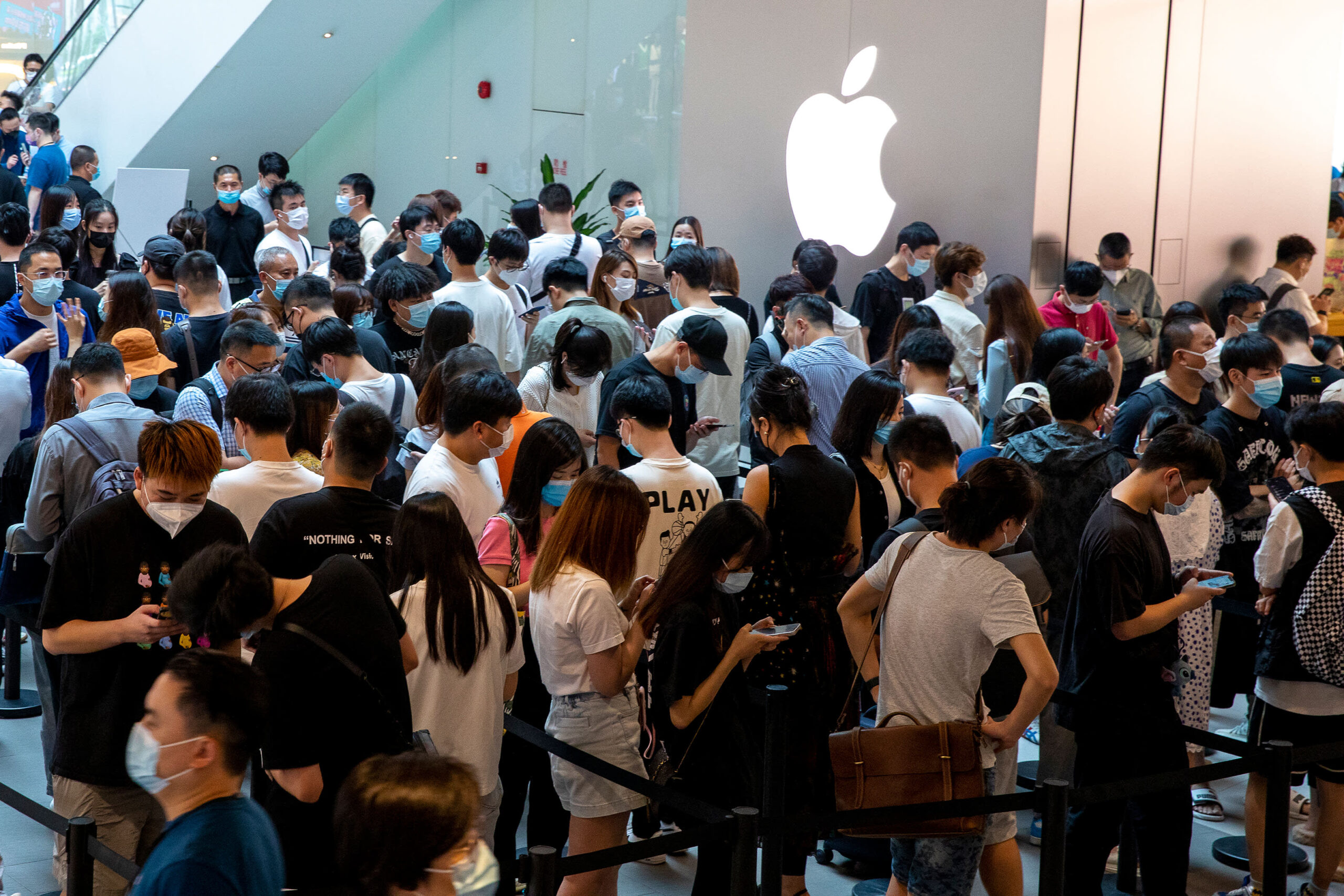At the heart of Apple’s current narrative is its renewed focus on Asia, underscored by Tim Cook’s recent five-day sojourn to China. This visit marks a concerted effort to reinvigorate growth in the world’s largest smartphone arena, a region that not only boasts substantial sales potential but is also critical to the company’s supply chain.
The inauguration of a new flagship Store in Shanghai and meetings with key stakeholders, including Commerce Minister Wang Wentao, highlight the company’s intent to solidify its foothold amidst evolving market dynamics and regulatory pressures.
China’s significance to Apple cannot be overstated, with the country accounting for approximately 20% of its global sales. However, the landscape is shifting. Challenges such as increased competition from budget-friendly alternatives, the rise of state-backed entities like Huawei, and the ongoing Sino-American trade tensions have collectively impacted Apple’s market share and sales figures within the region.
Complicating the scenario further are reports of Beijing’s restrictions on iPhone usage among government employees, a move coinciding with Huawei’s Mate 60 launch. Despite these hurdles and a near 13% drop in China sales in the fourth quarter of 2023, Apple’s strategic price adjustments and the upcoming launch of its Vision Pro headset underscore a relentless pursuit of market resilience.
Beyond China: India’s Rising Importance
Simultaneously, Apple is casting its net wider across Asia, with India emerging as a pivotal arena. The subcontinent offers a blend of vast market potential and strategic manufacturing opportunities, underscored by Cook’s record-setting revenue admissions and India’s burgeoning iPhone shipments.
Apple’s engagement with India not only reflects an ambition to capture a significant market share but also aligns with Prime Minister Narendra Modi’s vision of transforming the nation into a smartphone manufacturing powerhouse.

Apple: Navigating Regulatory Headwinds
The Asian strategy unfolds against the backdrop of increasing regulatory scrutiny in Western markets. Recent antitrust probes in the European Union and the United States spotlight the challenges Apple faces, with regulators questioning the company’s market dominance and ecosystem control.
These inquiries, coupled with a slowdown in U.S. demand and calls for innovation, underscore the complex terrain Apple must navigate as it seeks to sustain growth and adapt to an evolving digital economy.

As Apple confronts a mix of regulatory challenges, market competition, and geopolitical tensions, the company’s strategic pivot towards Asia, particularly China and India, represents a critical element of its global strategy.
The delicate balance between fostering growth in these key markets while mitigating risks and appeasing regulatory bodies will undoubtedly shape the company’s trajectory in the future.
1. "Apple's Shares Continue to Struggle, Falling 0.7% to $172.1 Amidst Negative Momentum"
2. "Experts Predict 5.5% Growth for Apple's Ebitda in 2024, Despite Recent 11% Dive in Share Price" $AAPL pic.twitter.com/ZeIBzE6Efd— justAdemo (@justAdemo123) March 28, 2024
In essence, Apple’s journey reflects the broader challenges and opportunities facing global tech giants in today’s interconnected world. With eyes set on leveraging Asian markets for growth and diversification, Apple’s maneuvers underscore the importance of strategic agility and innovation in maintaining competitiveness on the global stage.

The coming months will be telling, as the tech giant seeks to turn headwinds into tailwinds, especially with the anticipated release of the iPhone 16 and the ongoing expansion into new markets and product categories.









